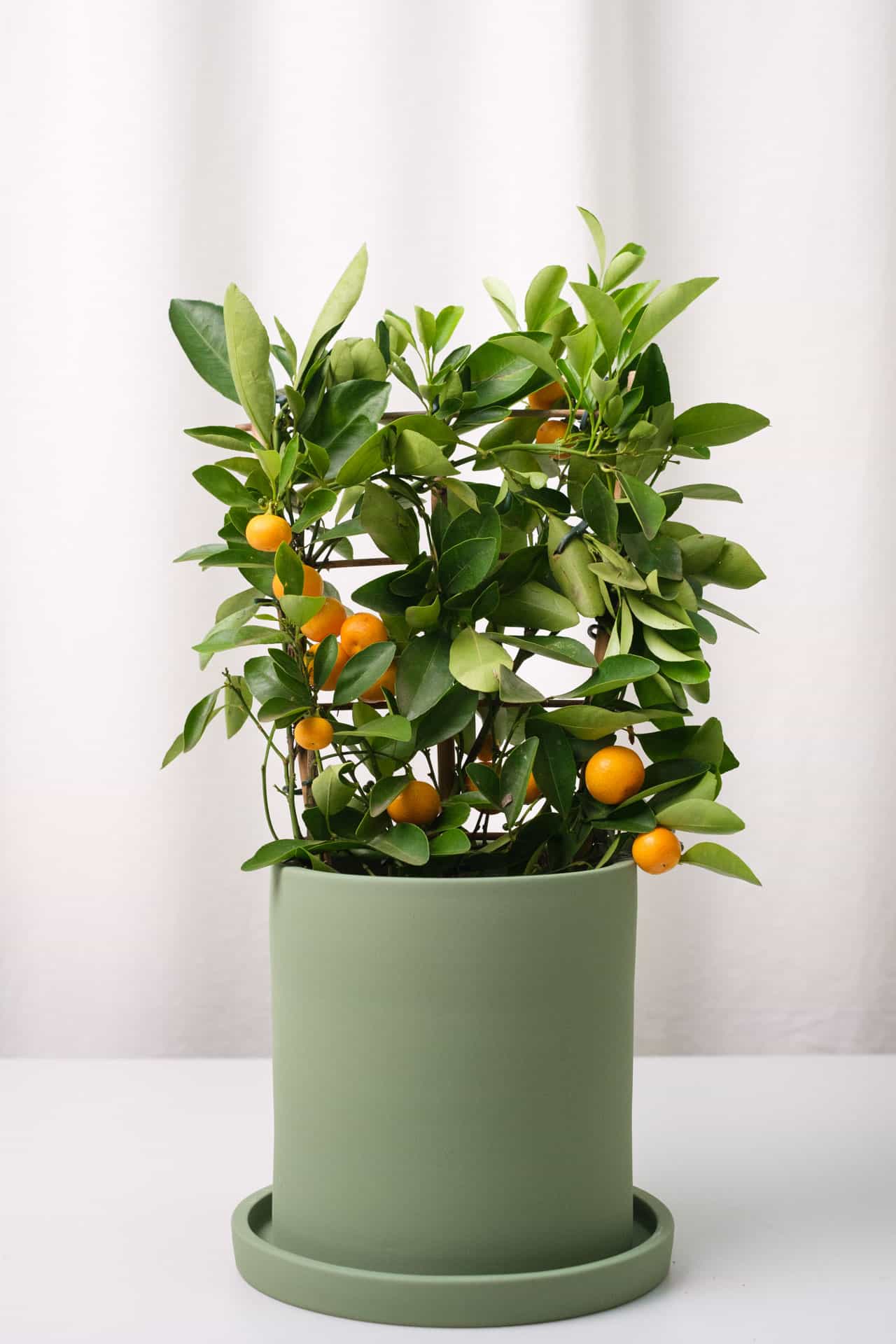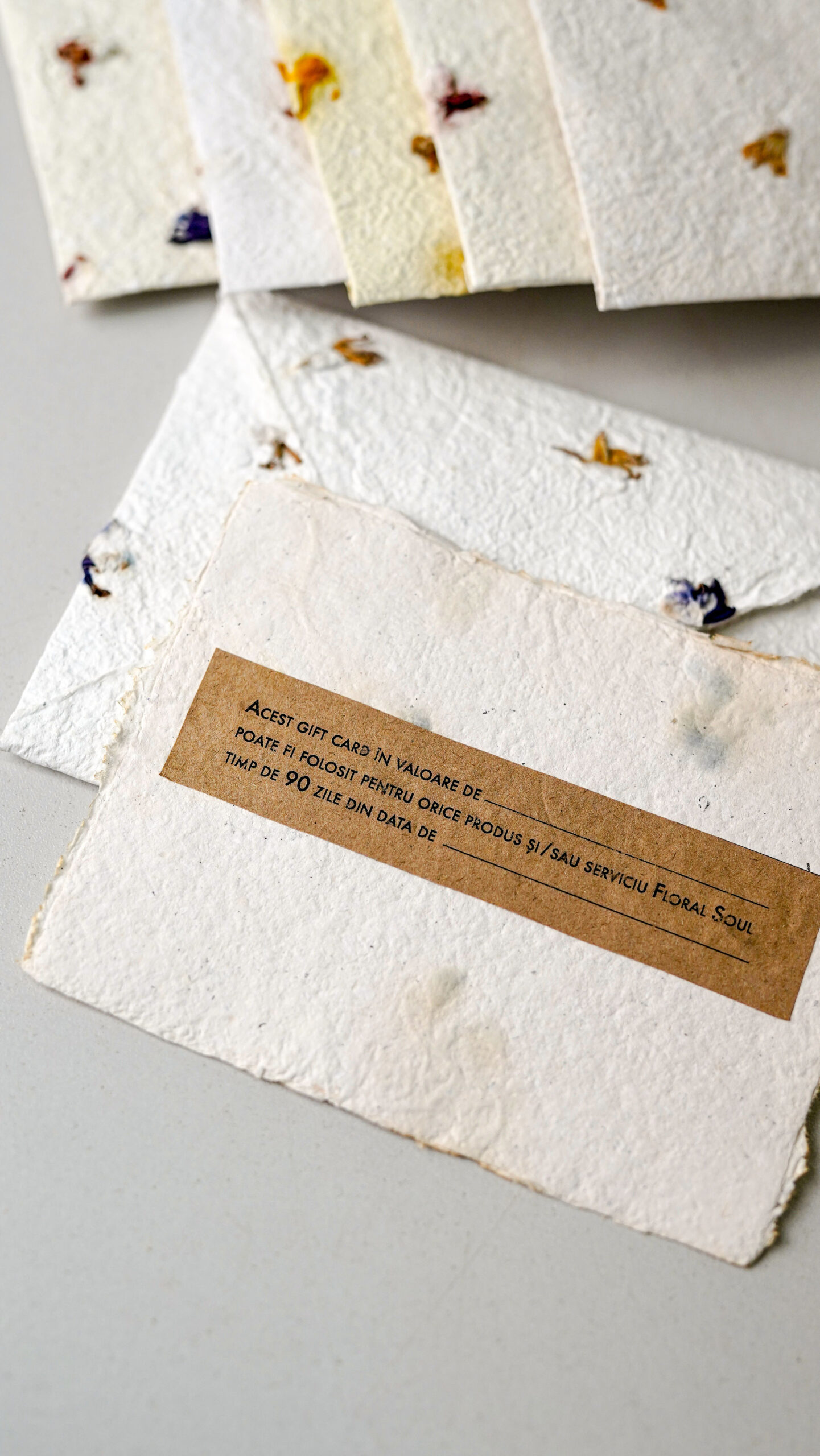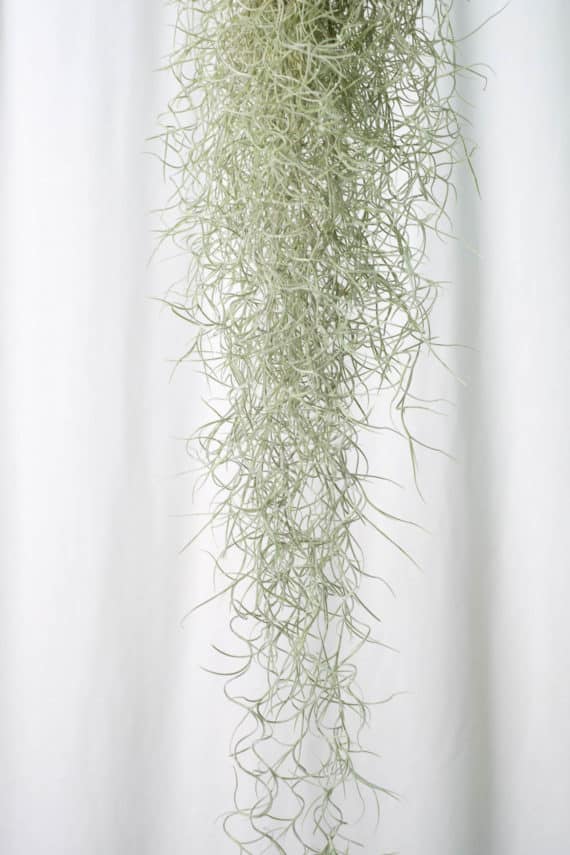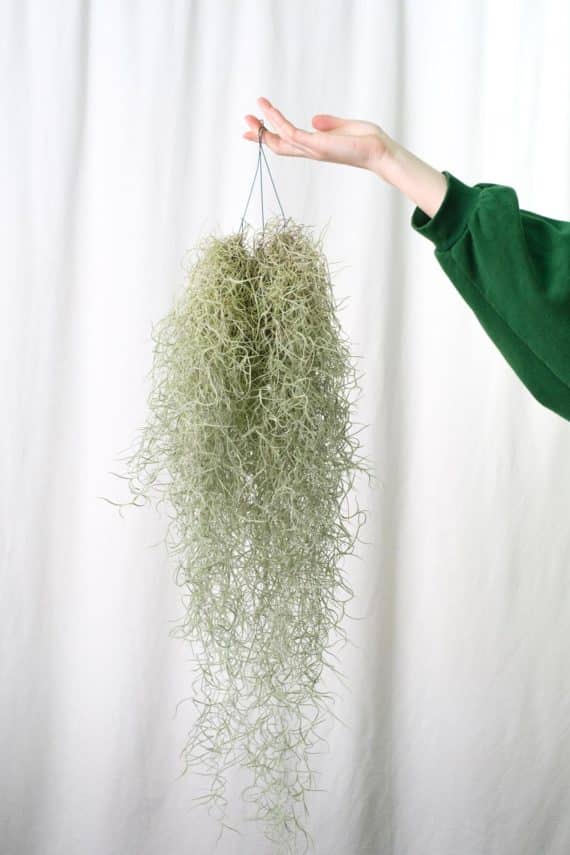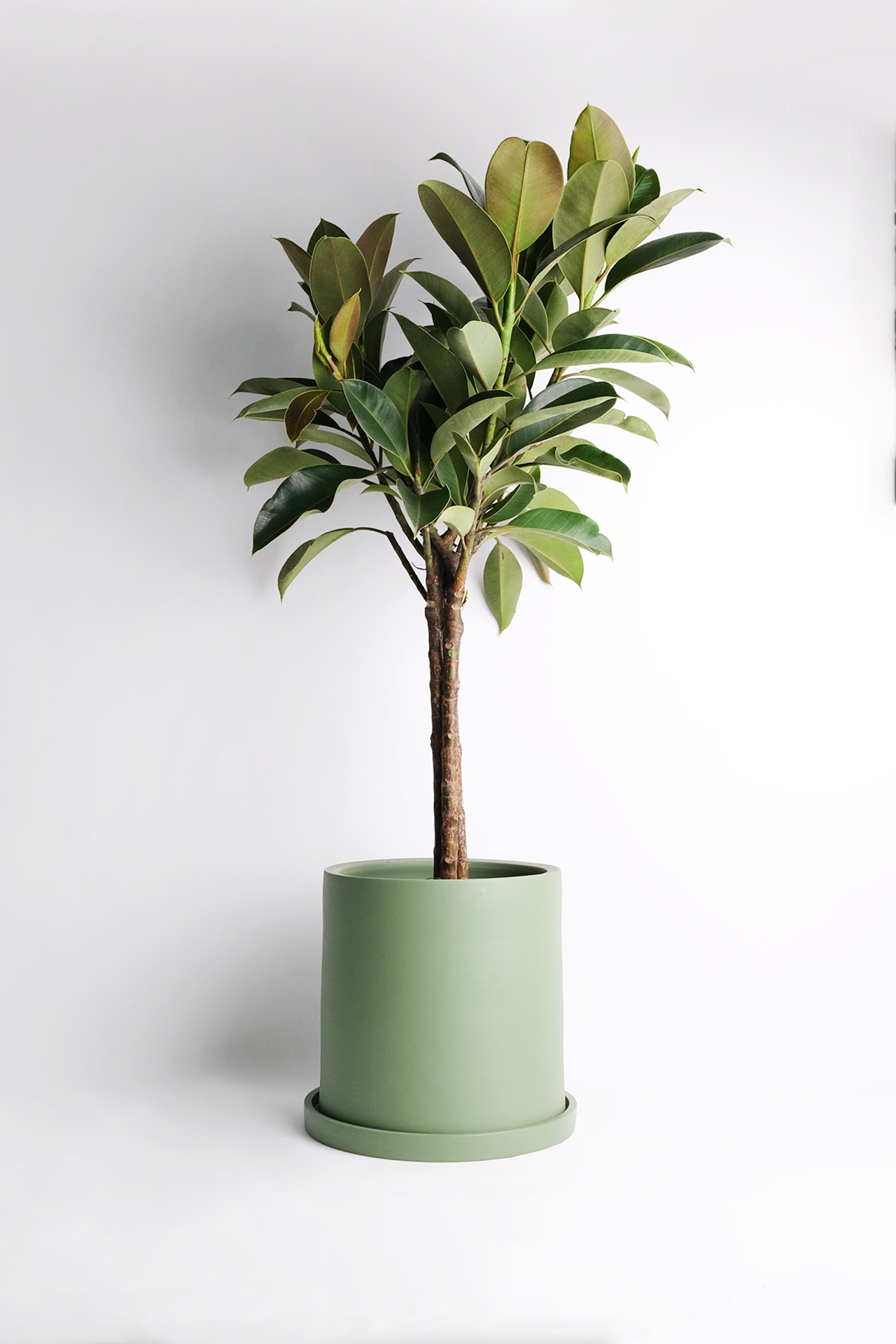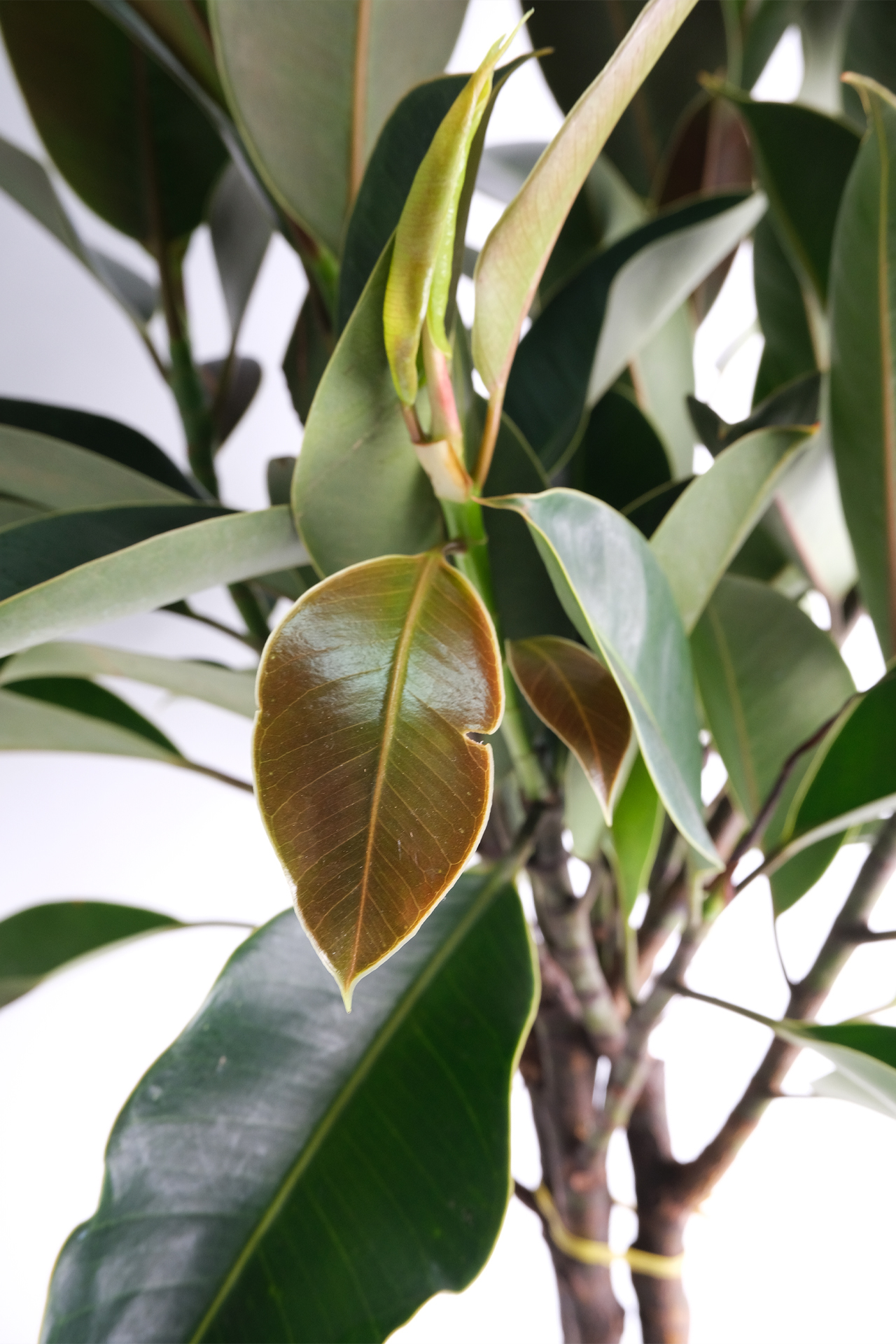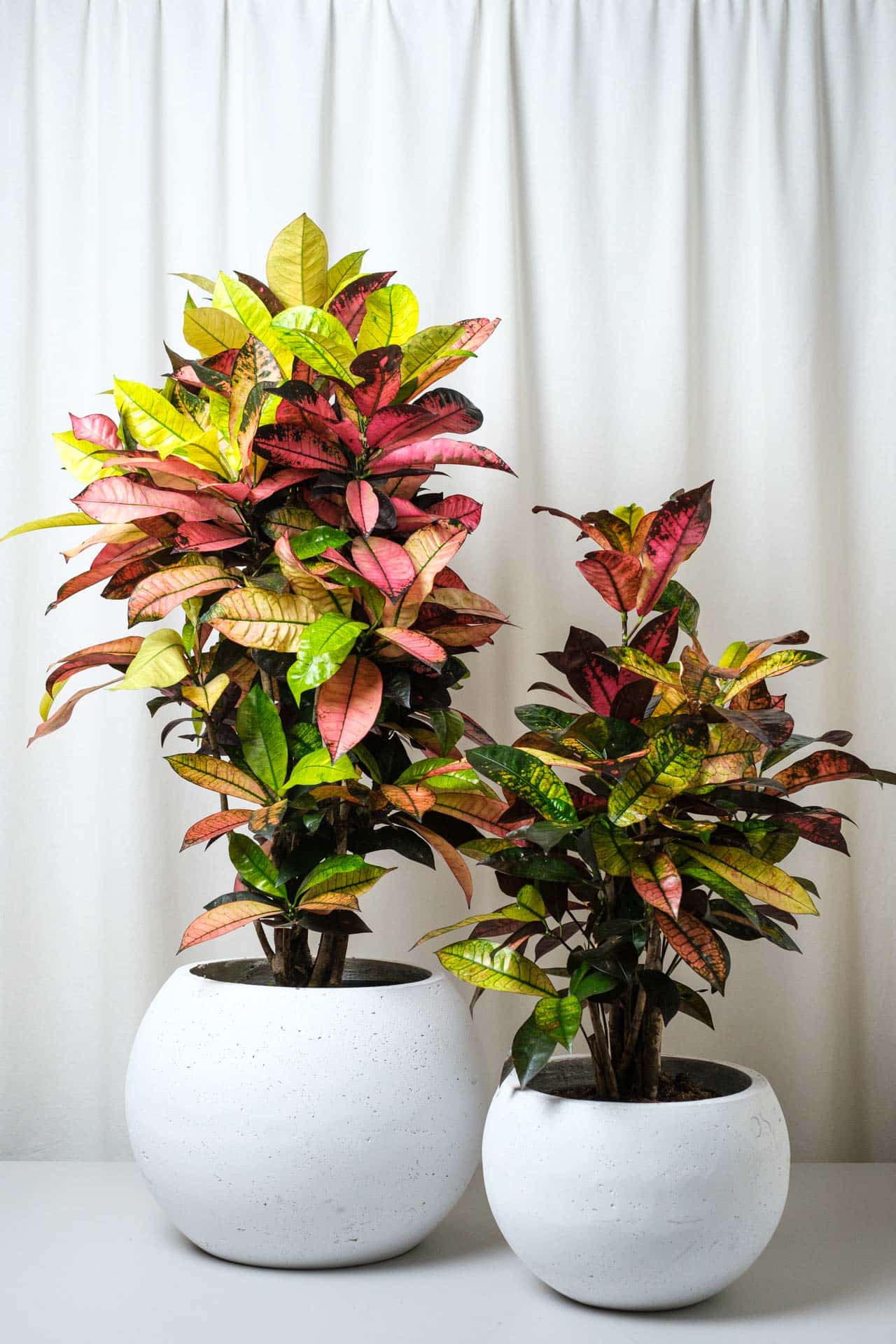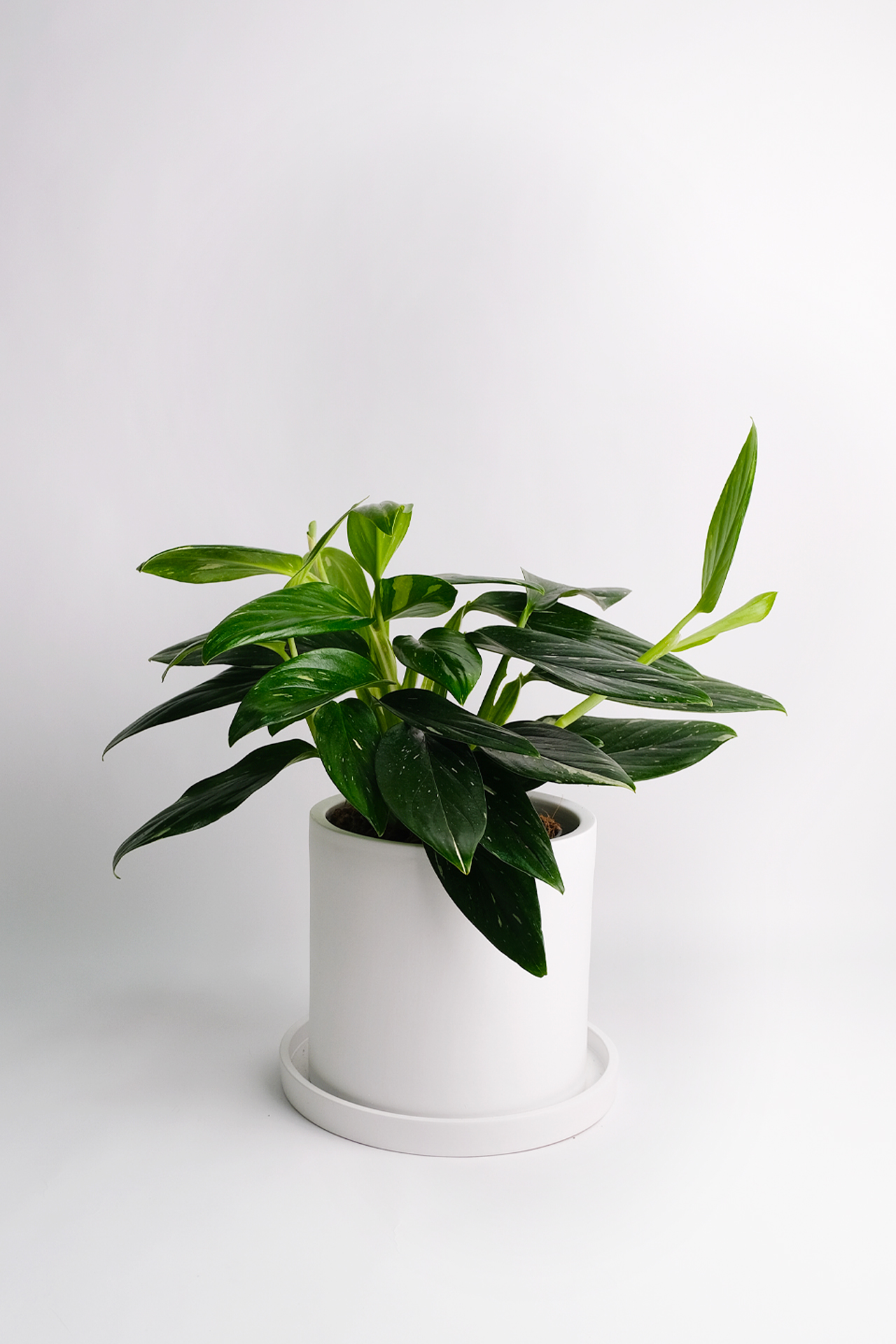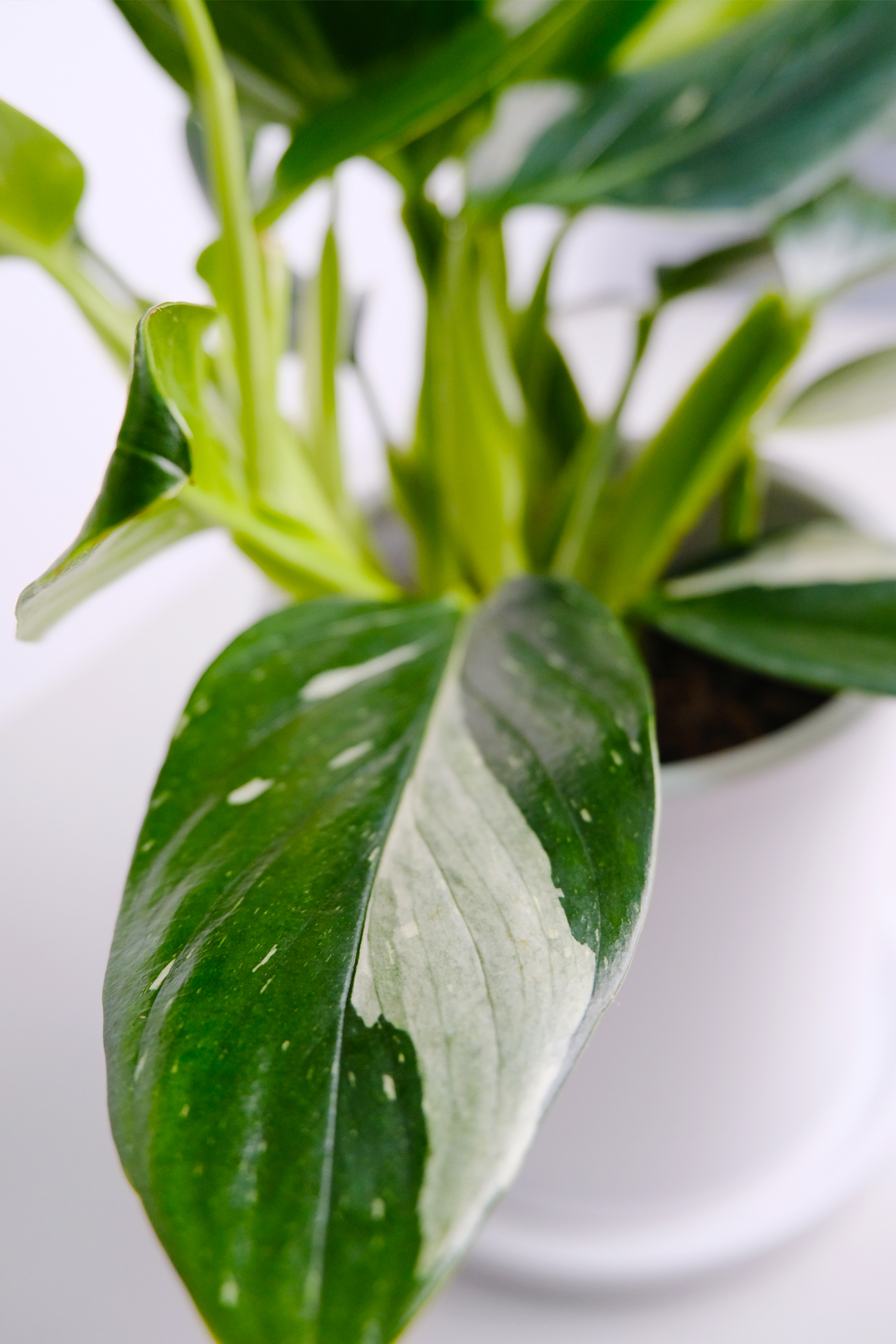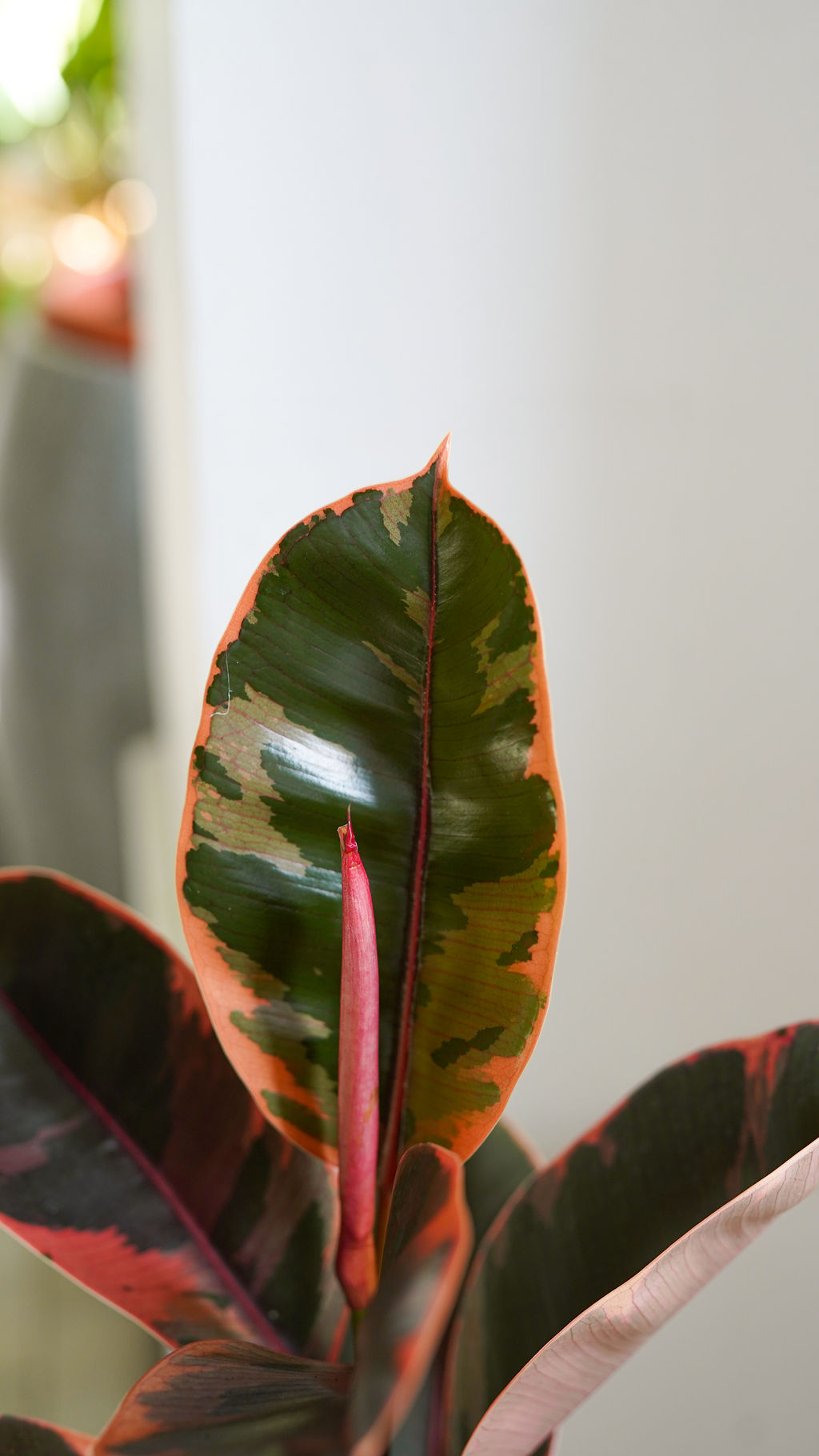Variegated Ivy
650 MDL
English ivy (Hedera Helix Variegata) is one of the most common ivy species and the most common. It is a very easy plant to grow, both in pots and as an ornamental outdoor plant. You’ve probably noticed it on the outside of buildings and houses, which look like entrances to a secret botanical world.
Potted ivy needs much less water. Before watering it, study the consistency of the soil substrate, which must be loose, but dry on the surface. Be careful with excessive watering. As for the light conditions, as close as possible to the windows is perfect, as it needs a lot of light, but not direct. Poor lighting can lead to a decrease in the number of leaves and their discoloration.
Indoors, it can be placed on a shelf or a taller plant stand so it is free to create that eye-catching cascade of creamy white variegated green leaves. It tends to grow vigorously, providing quick results for anyone looking to transform their space or garden in a short time.
The plant is offered in simple factory pots.
We recommend and with great pleasure choose a new and suitable one.
Related products
Give the joy of a perfect gift for someone who loves plants.
To add another amount, please contact the Floral Soul team +373 69 992 328
The beauty, non-toxicity and very easy care of air plants are making more and more people create their own collections. Usneoides requires only moisture, which can be provided by soaking or sprinkling.
Make sure that during spraying, water does not accumulate between the leaves as they can rot. It is advisable to tilt the plant slightly downwards or shake it gently after watering to avoid water accumulation.
The plant does not require a pot as it does not need soil. However, you can choose a pot for decorative purposes or for another plant.
Due to its glossy appearance, the ficus spreads an unmistakable sense of well-being, especially if you position it as it likes: in a bright place, but protected from direct sunlight. It is harvested from the tropical forests of South Asia, and its milky sap is used to produce rubber, hence its popular name – rubber ficus. Its large, rounded leaves are glossy green on the top and reddish on the bottom.
In its natural habitat, it can reach up to 30 meters in height. Don’t worry, you won’t have to make a hole in the roof for it, as it usually reaches 2-3 meters as a houseplant. Ficuses are a bit skittish about change, so if you choose a place for them, choose it well and don’t move it around often. That’s how you’ll make him happy! When a plant is happy, we know well, it visibly pleases us. It also avoids waterlogging of the pot and temperatures below 12°C.
The plant is offered in simple factory pots.
We recommend and with a great pleasure will help you to choose a new and suitable one.
Croton is an easy-to-grow houseplant known for its variegated foliage covered with green, scarlet, orange and yellow spots.
The plant is offered in a simple factory pot.
We recommend and with a great pleasure will help you to choose a new and suitable one.
The succulent plant terrarium is a miniature ‘home’ for plants and can be an attractive decoration for any room or an inspiring gift for any occasion.
You can use glass terrariums when you want a special decor that includes a natural element. This gives you a beautiful way to liven up your home and make it look special. Each terrarium has its own story and they are wonderful in the way they survive.
The terrarium is nothing more than a garden under glass that creates a microclimate similar to the climate from which the plant originates. For this reason, they are considered educational projects that illustrate how an ecosystem works.
Among the features of succulent terrariums are that they last for weeks without water, are extremely easy to care for and pest-free, withstand large temperature differences and can withstand being neglected for long periods of time.
Cycas palms are native to warm parts of Japan and southern China. These plants are some of the oldest plant families that have existed since prehistoric times, even before the dinosaurs. Although it looks like a palm tree with its shiny feathery leaves, it is not a palm tree at all, but a cicada.
It is extremely slow growing, gaining only a few inches and producing one frond annually, but very long-lived. For this reason, transplantation is recommended every three years. When it produces new growth, the new leaves appear in a symmetrical ring shape and are quite soft. As they age, they acquire their characteristic stiffness.
They do not respond well to excessive watering and are sensitive to poorly drained soil. So choose a pot with ample drainage holes. It tolerates heat well, so it does well indoors, although it can also be grown outdoors. All in all, it’s a great plant for beginners and is a great addition to almost any room.
The plant is offered in a simple factory pot.
We recommend and with a great pleasure will help you to choose a new and suitable one.
The succulent plant terrarium is a miniature ‘home’ for plants and can be an attractive decoration for any room or an inspiring gift for any occasion.
You can use glass terrariums when you want a special decor that includes a natural element. This gives you a beautiful way to liven up your home and make it look special. Each terrarium has its own story and they are wonderful in the way they survive. The terrarium is nothing more than a garden under glass that creates a microclimate similar to the climate from which the plant originates. For this reason, they are considered educational projects that illustrate how an ecosystem works.
Among the features of succulent terrariums are that they last for weeks without water, are extremely easy to care for and pest-free, withstand large temperature differences and can withstand being neglected for long periods of time.
Philodendron Cobra is an extremely popular indoor plant because of its distinctive and attractive leaves that resemble a cobra pattern. This species of Philodendron is native to South America and is part of the Araceae family, also known as “Philodendron Hederaceum ‘Cobra.'”
Philodendron Cobra leaves are large, heart-shaped, and dark green in color with light stripes that mimic the appearance of a cobra snake. Philodendron Cobra is an easy-care indoor plant that prefers moderate light and regular watering, making it a popular choice for those looking to bring an element of natural design into their home.
The plant is offered in a simple factory pot.
We recommend and with a great pleasure will help you to choose a new and suitable one.
Calla, also known as the Ethiopian Lily, is an exotic-looking plant with elegant horn-shaped flowers. This plant prefers indirect light and moderate temperatures, and to keep it healthy, make sure the soil stays slightly moist, but avoid stagnant water in the pot.
The plant is offered in a simple factory pot.
We recommend and with a great pleasure will help you to choose a new and suitable one.
Thanks to its glossy appearance, the ficus spreads an unmistakable feeling of well-being, especially if you position it as it likes: in a bright place, but away from direct sunlight. It is found in the rainforests of South Asia and its milky sap is used to make rubber, hence its popular name – rubber ficus. Its large, rounded leaves are bright green and pink.
In its natural habitat, it can reach up to 30 metres in height. Don’t worry, you won’t have to drill a hole in the roof, as as a houseplant it usually reaches 2-3 metres. Figs get a little fussy when they change, so if you pick a spot, pick it well and don’t move it around often. That’ll make him happy! When a plant is happy, we know, it pleases us visibly. Also, avoid waterlogging and temperatures below 12°C.
With a little care, you’ll have a beautiful specimen in your home!
The plant is offered in a simple factory pot.
We recommend and with a great pleasure will help you to choose a new and suitable one.
From aromatherapy to floral arrangements, there are many ways to enjoy a eucalyptus.
Eucalyptus plants can grow indoors as a decorative shrub with aromatic and fragrant leaves. It is not difficult to care for, but a few rules need to be kept in mind.
Plant the eucalyptus in a large, cone-shaped pot. Thus, it can easily be transplanted outside. It is a drought- and drought-tolerant plant, but the substrate in pots dries out faster than in the garden. The soil must be completely moistened by watering until the water runs off. It does not tolerate wet soil, so a pot with drainage holes at the bottom is essential.
If you’re growing eucalyptus indoors, place the pot near a south-facing window so it gets plenty of sunlight. Prune the eucalyptus plant as needed, as it grows quickly.
The plant is offered in a simple factory pot.
We recommend and with a great pleasure will help you to choose a new and suitable one.











